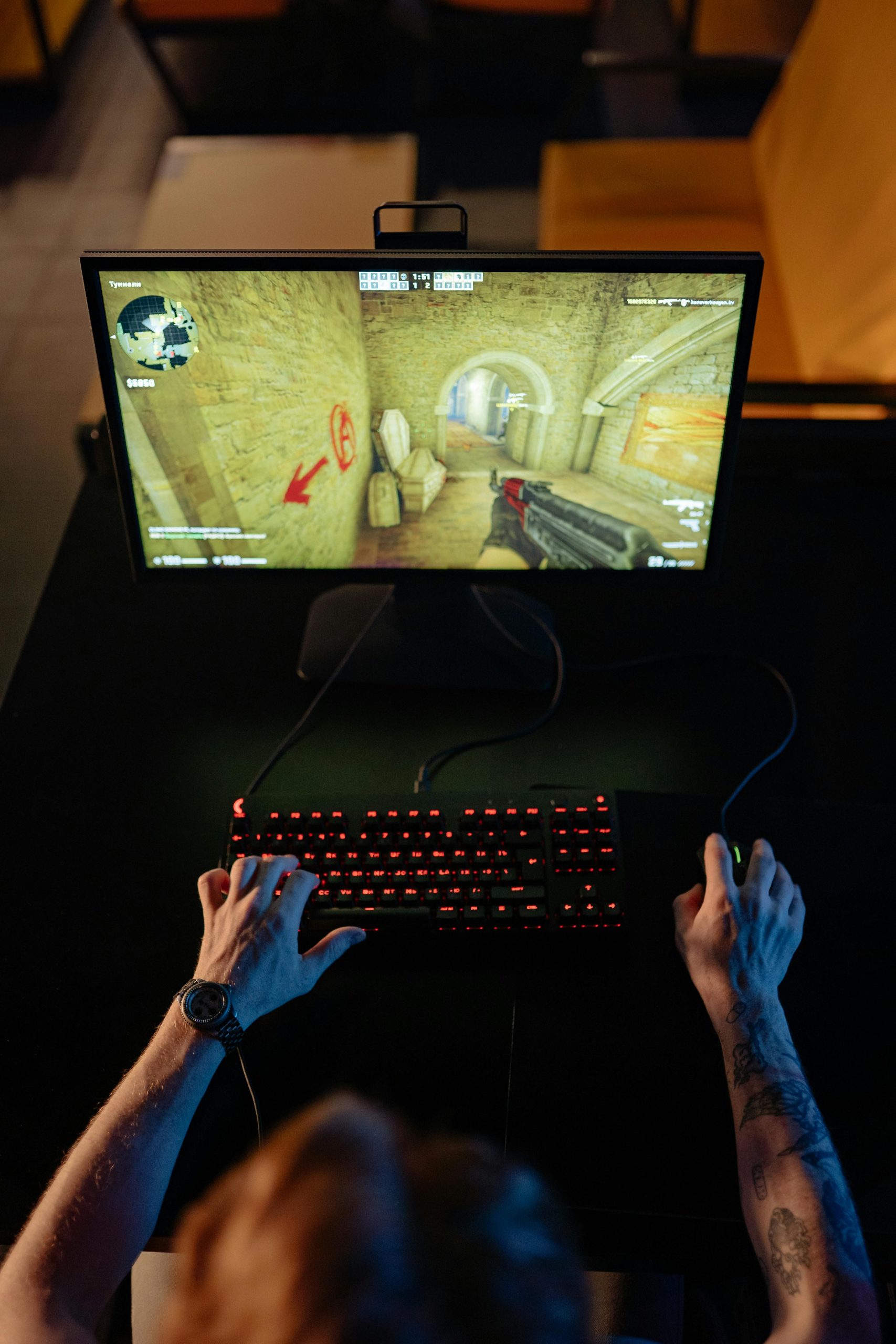Understanding and Resolving Microstuttering Issues with the RTX 2060 on High-Refresh-Rate Monitors
If you’ve recently upgraded to an NVIDIA GeForce RTX 2060 and are experiencing subtle microstutters despite maintaining high and stable frame rates, you’re not alone. Many gamers encounter this kind of performance inconsistency, especially when using high-refresh-rate monitors over HDMI without V-Sync or frame rate caps enabled. This article aims to provide a comprehensive overview of potential causes and practical solutions to mitigate microstuttering and enhance gaming fluidity.
Recognizing the Issue: Microstutters Despite High FPS
High frame rates—often exceeding 200 FPS—are generally associated with smooth gameplay. However, some users report perceivable microstutters or choppy motion, especially during rapid camera movements or intense combat sequences. It’s crucial to distinguish between dropped frames and microstuttering; the latter involves irregularities in frame delivery that do not necessarily register as lost frames but still diminish visual smoothness.
System Configuration Overview
Typical setups that encounter this issue include:
- Graphics Card: NVIDIA GeForce RTX 2060 (e.g., ZOTAC model)
- CPU: AMD Ryzen 5 5600G with integrated Radeon Vega graphics
- Motherboard: Pichau Alphard A520M-S
- Monitor: Philips 271V8LAB3/57, 100Hz, HDMI input only
- RAM: 16GB
- Operating System: Windows 10/11
Key points to note:
- The monitor supports only HDMI input and lacks DisplayPort.
- The NVIDIA GPU is connected correctly to the display, bypassing the integrated graphics.
- No BIOS options are available to disable the integrated GPU on the motherboard.
Initial Troubleshooting Steps
-
Driver Management: Performed clean installation of NVIDIA drivers using Display Driver Uninstaller (DDU) in Safe Mode to ensure no residual conflicting drivers remain.
-
Display Settings: Ensured the game runs in exclusive fullscreen mode, which can help improve rendering stability.
-
Overlay and Background Apps: Disabled overlays from Discord, Steam, GeForce Experience, and turned off Windows features like Game Mode and Xbox Game Bar to prevent interference.
-
Thermal Monitoring: Confirmed CPU and GPU temperatures remain within normal limits (<70°C), ruling out thermal throttling.
-
G-Sync and FreeSync: Tried enabling G-Sync in NVIDIA Control Panel, though limited by HDMI
Share this content:



